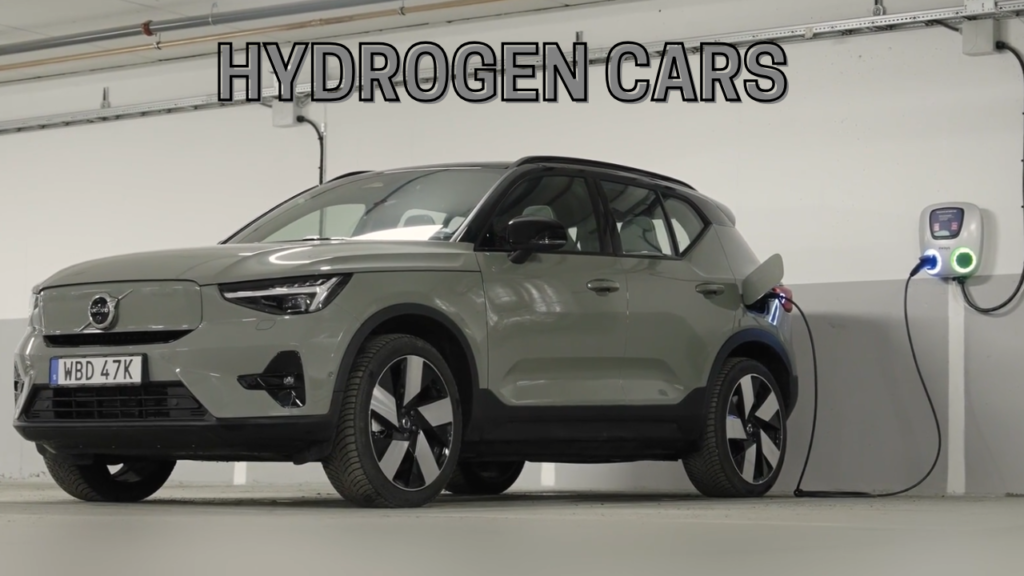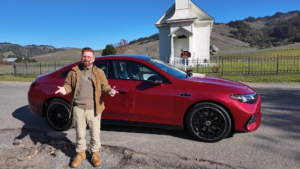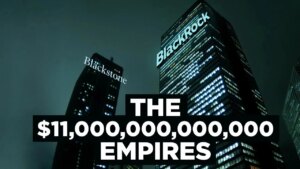Auto Giants Embrace EVs and Hydrogen, but Car Insurance Rates Surge: This Week’s Automotive Highlights

The automotive industry is undergoing a major transformation as brands race to redefine the future of transportation. From the return of an iconic American off-road vehicle with an electric twist to Toyota’s ambitious hydrogen initiatives and the unveiling of a new ultra-luxury model from Rolls-Royce, this week’s headlines are heating up.
Scout Motors: Reviving Off-Roading with Electric Power
Starting with Scout Motors, the brand that captured America’s off-road spirit in the 1960s and ’70s is making a bold comeback—this time with zero emissions. Scout Motors recently unveiled two electric concept vehicles: an SUV and a pickup truck, designed for fans of rugged, durable, go-anywhere vehicles. Scout aims to re-enter a market dominated by competitors like Land Rover and Jeep, promising off-road capability paired with environmentally friendly design. This move is part of the broader shift towards electrification in the automotive industry, as manufacturers strive to blend classic design with modern sustainability.
However, critics question whether this electric nostalgia can deliver the authentic Scout experience in today’s market. Unlike traditional gas-powered vehicles, electric off-roaders face unique challenges, such as limited charging infrastructure in remote areas. Scout’s strategy seeks to tap into consumer nostalgia while embracing a sustainable future, but it will need to prove that its new offerings can meet the demands of rugged explorers without sacrificing the flexibility offered by traditional fuel.
Toyota’s Hydrogen Push: A Multi-Faceted Green Future
Meanwhile, Toyota is doubling down on hydrogen fuel cells by introducing hydrogen-powered options as a viable alternative to battery-electric vehicles (BEVs). The Japanese automaker believes hydrogen could address some of the challenges faced by BEVs, such as lengthy charging times and limited range. Hydrogen fuel cell vehicles can be refueled in minutes—similar to traditional gas-powered cars—and may offer longer driving distances on a single tank. However, hydrogen infrastructure remains limited, especially in regions where BEVs are becoming more dominant. Toyota’s commitment to hydrogen demonstrates its belief in a diverse green future, setting it apart from the all-electric strategies favored by many manufacturers.
This plan raises an important question for the automotive industry: will consumers prefer quicker refueling times over the growing convenience of electric charging stations? If Toyota’s hydrogen gamble pays off, the company could lead a niche segment in the green automotive market, but for now, it remains an outlier as most automakers focus heavily on battery-electric vehicles.
Ford’s Strategic Moves in the EV Market
Ford is also making significant strides in the EV space but with a different approach. The automaker has recently reduced the price of its Mustang Mach-E electric SUV, making it more accessible to a wider audience. The Mach-E now starts at $38,490, down by $3,500, which may prompt competitors to consider similar price adjustments for their EV models. This calculated move aims to help Ford gain ground in a competitive market and attract price-sensitive consumers amid fluctuating car prices.
However, as new car prices stabilize, car insurance rates are on the rise, complicating affordability for many drivers. With an average cost of $182 per month for full coverage, insurance now accounts for a larger share of car ownership expenses. Rates have surged by 22.2% over the past year, partly due to the increased costs associated with repairing modern, technology-laden vehicles. As insurance costs mount, some drivers may find it difficult to justify the expense of new purchases, potentially slowing the EV adoption that Ford is banking on.
Rolls-Royce: The Epitome of Luxury with a Timeless Touch
In the luxury segment, Rolls-Royce has unveiled a one-of-a-kind Phantom inspired by the classic 1964 James Bond film Goldfinger. This bespoke model features 22-carat gold accents, a Starlight Headliner replicating the night sky from Bond’s iconic car chase, and exquisite details that celebrate the brand’s legacy of luxury. While the exact price remains undisclosed, it’s anticipated to be astronomical.
The Phantom Goldfinger edition exemplifies Rolls-Royce’s commitment to luxury that blends style with exclusivity, making a strong statement as the brand competes with rivals like Aston Martin for high-end clients and film enthusiasts alike.
Conclusion: A Diverse Automotive Future
As the automotive industry shifts towards sustainable options, these brands showcase a variety of strategies, from nostalgia-driven electrification to experimental hydrogen technology and luxury elements that evoke a bygone era. As the landscape continues to evolve, these companies are igniting discussions about what the future holds for the automotive market.







